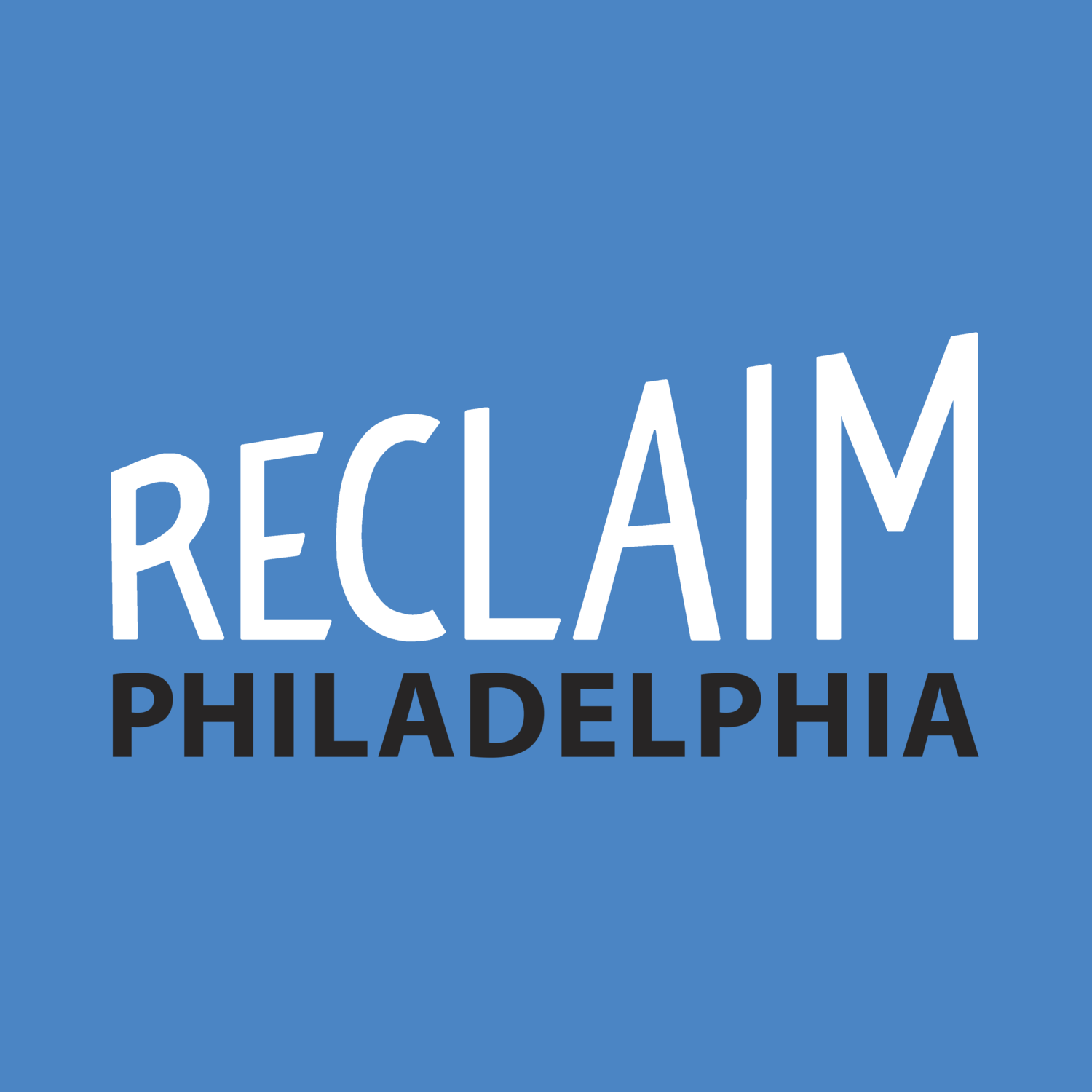Where Does Our School Funding Go?
Now that we know where the money is coming from, we need to understand where it goes. SPOILER ALERT: only 53% makes it into the district operated schools. Below is the expenditure pie chart from the district’s Budget 101 for FY 2019.
Let’s start our expense conversation with charters, which receive about 31% of the district’s revenue. In the most recent FY 19 Consolidated budget report, it’s noted that the percentage of funding going to charter schools has jumped from 18% of the district’s operating obligations in FY 11 to 31% in FY 19. This chart from the consolidated budget report illustrates the rising cost:
This increase in obligated funding is a huge issue for the school district. Since State law requires that the district pay a certain mandated amount for each student enrolled, funding to Charter schools cannot be cut the way it can be for district schools. Thus, if the pot of revenue remains the same, cuts will have to be made somewhere to continue to pay this obligation. This article from the Notebook summarizes a 2017 Research for Action (RFA) Report entitled, “ The Fiscal Impact of Charter School Expansion: Calculations in Six Pennsylvania School Districts.” From the Notebook: “The report found that if charter schools grew at an annual rate of 4 percent over five years, the School District would have to close 47 schools and lay off 1,200 teachers and 500 administrators. That’s if no changes are made in the existing charter law or in the state education funding formula.”
There used to be a state reimbursement for charters to account for the fact that charters are costing the district money (the RFA report estimated $3,800 per student), but Governor Corbett took that away in FY 11.
Moving on from charter schools, the $297 million debt portion includes both principal and interest payments on money borrowed for school construction and to cover past budget shortfalls. The $103 million administrative portion is for the District’s central office, and the $103 million Non-District schools portion is money spent when the school district cannot meet a student’s needs at a Philadelphia school.
The remaining $1,672 million ( 53% of the total expenditures) is then divided amongst all the district-operated schools based on enrollment numbers and standard resources that are allotted to each school. If you want to follow the money further, check out the publicly available school budget for your local catchment elementary, middle or high school here.
Finally, a discussion of the school budget would not be complete without discussing funding to fix our school buildings and keep our kids safe. According to the FY 2019 budget report, “the School District funds the Capital Improvement Program by selling bonds, which are long-term District debt repayable with interest usually over 30 years. The proceeds from the District’s bond sales are the funding source for the Capital Improvement Program. Each year the District adopts a capital budget to reflect that fiscal year’s Capital Improvement Plan. The capital budget is used to allocate funds for capital projects, professional services (i.e. architects, engineers, appraisers, contractors, and attorneys), land, equipment, supplies, and other related costs. The debt service fund in the operating budget is used to make the District’s payments of principal and interest associated with the District’s bonds.”
While the District estimates that they need around $320 million dollars per year to maintain (and repair as needed) their current buildings, the funding allocated for these types of projects is much less. The graph below, straight from the FY 2019 budget report, supports that there is a pattern of underfunding these much needed improvements.
You can see here that in recent years there were multiple years where capital improvement was far less than average, meaning that maintenance was deferred, perhaps even leading to increased costs in the long run.
In closing while 3.2 billion dollars may seem like a lot of money, in a district where the legacy of past budget shortfalls linger and charter school expansion waits in the shadows, we need to find more money and finally give our children and their teachers the resources they all deserve.




